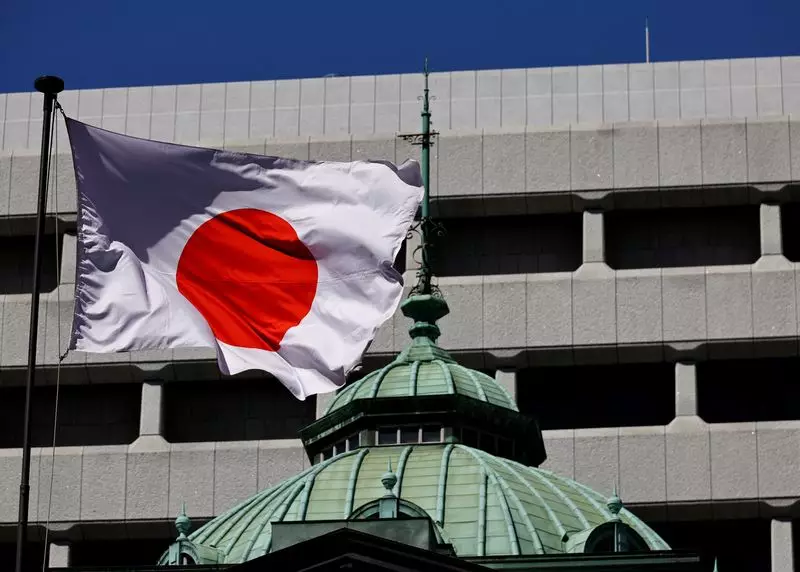The Bank of Japan (BOJ) remains at a crossroads regarding its interest rate policies, a condition underscored by the recent summary of opinions from its October meeting. The dynamics of global market fluctuations, particularly those influenced by the U.S. presidential election, have introduced layers of uncertainty that the BOJ must navigate delicately as it weighs the timing and implications of potential rate hikes.
Challenges Amid Political Shifts
The recent U.S. presidential election has sent reverberations through global markets, compelling BOJ members to approach the situation with heightened caution. With some policymakers highlighting the unpredictable nature of market volatility due to changes in U.S. leadership, there’s a palpable sense of urgency in how the central bank should respond. As the election brings in a new administration, it introduces not only a shift in domestic policies but also potential upheavals in international economic relations, especially concerning trade tariffs which could affect Japanese imports and exports.
The summary from the BOJ meeting reflects a group grappling with daunting questions about when and how to adjust monetary policies in response to external shocks. One board member explicitly noted the importance of remaining vigilant about market conditions, suggesting that traders’ future actions will be significantly swayed by the consequences of the election outcome. For anyone tracking global economics, this apprehension signals that the BOJ’s path forward may involve more than just simple calculations; it demands a nuanced understanding of internal and external economic signals.
Market Reactions and Economic Forecasts
As market reactions to Donald Trump’s victory initially appeared optimistic — with global stock markets gaining traction and the dollar gaining ground against the yen — the forecast for sustained stability remains in question. The concern among BOJ members is not unfounded. The prospect of renewed tariffs could hinder economic fluidity and lead to inflationary spikes that further complicate the already intricate landscape for the Federal Reserve’s policy direction.
This complexity is acknowledged within BOJ’s ranks, where there’s a dual perspective on how to approach interest rate adjustments. On one hand, there’s the recognition that Japan’s economy might not require the extensive monetary support it once did. On the other, there’s a realization shared by the “doves” within the board that rushing into rate hikes could provoke significant market disruptions, thereby jeopardizing the long-term goals of the bank’s aggressive monetary stimulus strategies.
This delicate balance between stimulating growth and managing market stability reflects a broader dilemma that many central banks face in the current economic climate. The summary of opinions from the BOJ provides insight into their discussions, revealing an internal debate about the timing of rate hikes and the need for clear communication regarding the bank’s intentions. One member suggested waiting to reassess economic developments before making any concrete decisions, emphasizing the need for a cautious approach.
Importantly, this cautious stance stems from the fear that households and smaller businesses are particularly vulnerable to fluctuating import costs, exacerbated by a weakening yen. Rising inflation driven by a weak currency could potentially undermine consumer confidence and curtail spending, making the BOJ’s decisions particularly impactful on the everyday lives of Japanese citizens.
The BOJ’s latest deliberations suggest a complex interplay of factors that could shape its future monetary policy. While many analysts still predict a rise in interest rates by the end of March next year, the current climate indicates that the central bank must tread carefully as it balances inflation concerns with the overarching need for economic stability. The dual challenges of navigating post-election uncertainty and managing domestic economic pressures will likely play a crucial role in how the BOJ approaches the prospect of rate adjustments in the coming months.
As Japan continues to grapple with the implications of international market dynamics, the BOJ’s strategy will need to be both reactive and proactive, ensuring that its policies effectively foster economic resilience amid an ever-evolving global landscape.

